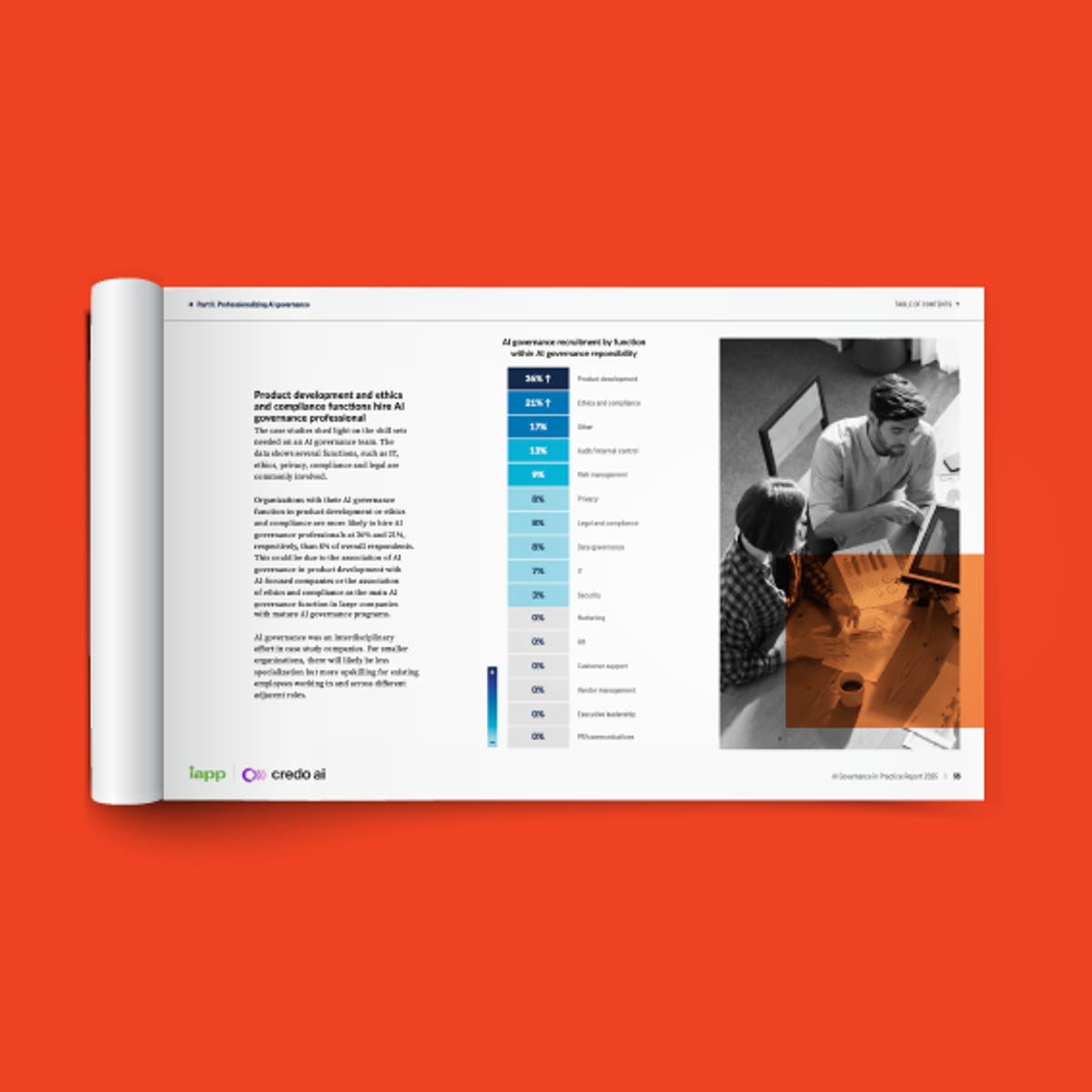The Top 10 Operational Impacts of the GDPR
This report explores the major issues with which organizations will have to grapple as they bring themselves into compliance with the GDPR.
Published: 11 Jan. 2016
Although many companies have already adopted privacy processes and procedures consistent with the Directive, the GDPR contains a number of new protections for EU data subjects and threatens significant fines and penalties for non-compliant data controllers and processors once it comes into force.
With new obligations on such matters as data subject consent, data anonymization, breach notification, cross-border data transfers, and appointment of data protection officers, to name a few, the GDPR requires companies handling EU citizens’ data to undertake major operational reform.
This report explores the major issues with which organizations will have to grapple as they bring themselves into compliance with the world’s most impactful privacy law.

This content is eligible for Continuing Professional Education credits. Please self-submit according to CPE policy guidelines.

Contributors:
Anna Myers
CIPP/US, CIPM
Rita Heimes
Senior Counsel, Akin Gump Strauss Hauer & Feld
CIPP/E, CIPP/US, CIPM
Gabe Maldoff
Associate, Goodwin Procter
Tags:
The Top 10 Operational Impacts of the GDPR

This report explores the major issues with which organizations will have to grapple as they bring themselves into compliance with the GDPR.
Published: 11 Jan. 2016
Contributors:
Anna Myers
CIPP/US, CIPM
Rita Heimes
Senior Counsel, Akin Gump Strauss Hauer & Feld
CIPP/E, CIPP/US, CIPM
Gabe Maldoff
Associate, Goodwin Procter
Although many companies have already adopted privacy processes and procedures consistent with the Directive, the GDPR contains a number of new protections for EU data subjects and threatens significant fines and penalties for non-compliant data controllers and processors once it comes into force.
With new obligations on such matters as data subject consent, data anonymization, breach notification, cross-border data transfers, and appointment of data protection officers, to name a few, the GDPR requires companies handling EU citizens’ data to undertake major operational reform.
This report explores the major issues with which organizations will have to grapple as they bring themselves into compliance with the world’s most impactful privacy law.

This content is eligible for Continuing Professional Education credits. Please self-submit according to CPE policy guidelines.
Tags:
Related resources
Global AI Governance Law and Policy: Jurisdiction Overviews

EU Digital Laws Report 2025

AdTech 2024: A Look Back

Privacy Governance Report 2024
